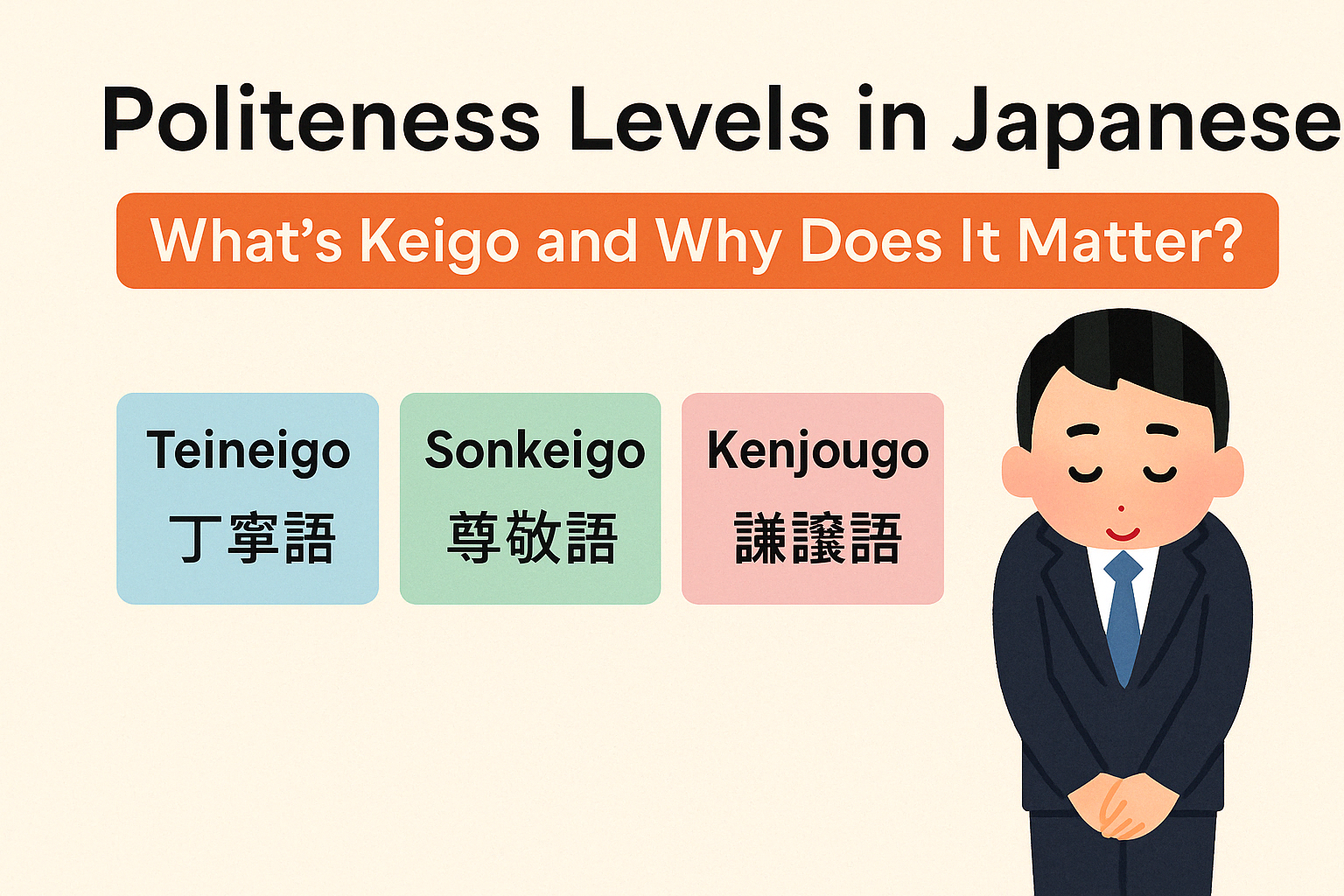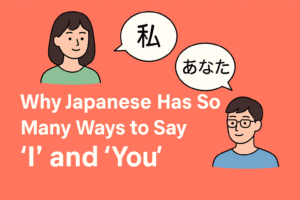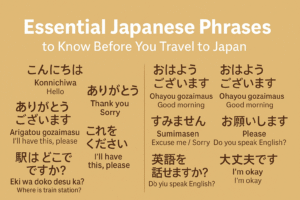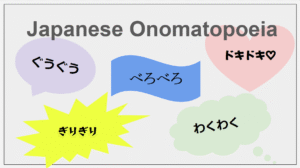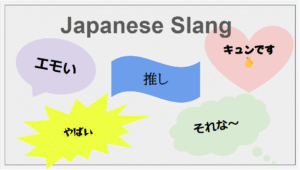If you’ve studied Japanese—or even just visited Japan—you’ve probably heard about keigo (敬語), the famous system of polite speech.
But what exactly is keigo, and why does it make Japanese so… complicated?
Let’s break it down in a simple, friendly way so you can understand why it matters (and how to survive it!).
🗣️ What Is Keigo?
Keigo is the system of polite or respectful language used in Japanese to show humility, respect, and social hierarchy.
It’s kind of like saying “Sir” or “Ma’am” in English—but way more complex and built into grammar itself.
There are three main types of keigo:
1. Teineigo (丁寧語) – Polite Language
This is what you learn first in Japanese class!
It’s used in general polite situations, like speaking to strangers or colleagues.
| Casual | Polite (Teineigo) |
|---|---|
| 食べる (taberu) | 食べます (tabemasu) = to eat |
| 行く (iku) | 行きます (ikimasu) = to go |
| ある (aru) | あります (arimasu) = to exist (thing) |
When to use: everyday politeness with people you don’t know well.
2. Sonkeigo (尊敬語) – Respectful Language
Used when talking about someone else’s actions, especially people of higher status like your boss, customers, or elders.
| Normal | Sonkeigo |
|---|---|
| 言う (iu) = to say | おっしゃる (ossharu) |
| 行く (iku) = to go | いらっしゃる (irassharu) |
| 見る (miru) = to see | ご覧になる (goran ni naru) |
When to use: when showing respect for someone else’s actions.
3. Kenjougo (謙譲語) – Humble Language
Used when talking about your own actions, to show humility. It’s a way to “lower” yourself and raise the other person.
| Normal | Kenjougo |
|---|---|
| 言う (iu) = to say | 申す (mousu) |
| 行く (iku) = to go | 参る (mairu) |
| する (suru) = to do | いたす (itasu) |
When to use: when you want to be humble about what you are doing.
🤯 Why Is It So Complicated?
Because in Japan, how you say something matters as much as what you say.
Keigo is tied to Japanese values of respect, hierarchy, and harmony. It’s how people signal their awareness of social roles.
In a business setting or formal situation, using the wrong politeness level can come across as rude—or just awkward.
🧘♀️ Do I Really Need to Learn All This?
If you’re just traveling in Japan, don’t worry—you won’t need super advanced keigo.
Basic teineigo (です・ます form) is enough to be polite and respectful.
But if you’re working in Japan, studying the language seriously, or interacting with elders or customers… then yes, keigo becomes important.
🎓 Pro tip: Even Japanese people struggle with keigo sometimes. Don’t be afraid to make mistakes—it’s part of the process!
✨ Final Thoughts
Keigo isn’t just about grammar—it’s a window into how Japanese people think about relationships, status, and communication.
It might be tricky, but it also makes the Japanese language beautifully nuanced and respectful.
And when you use it right, you’ll really impress the locals!
